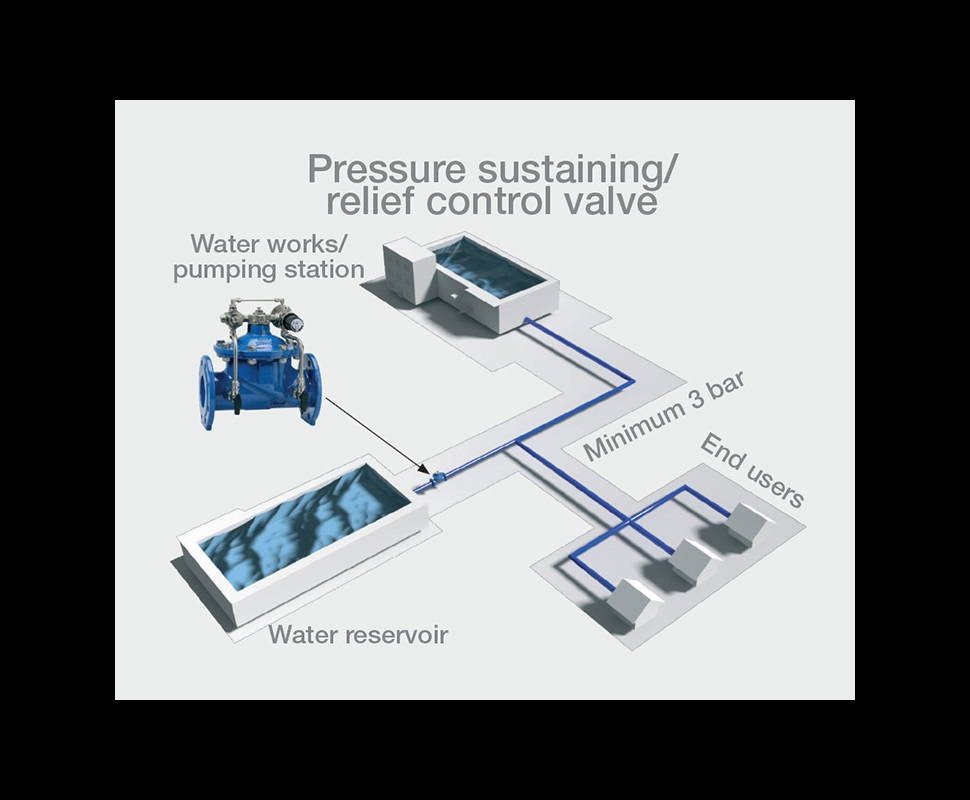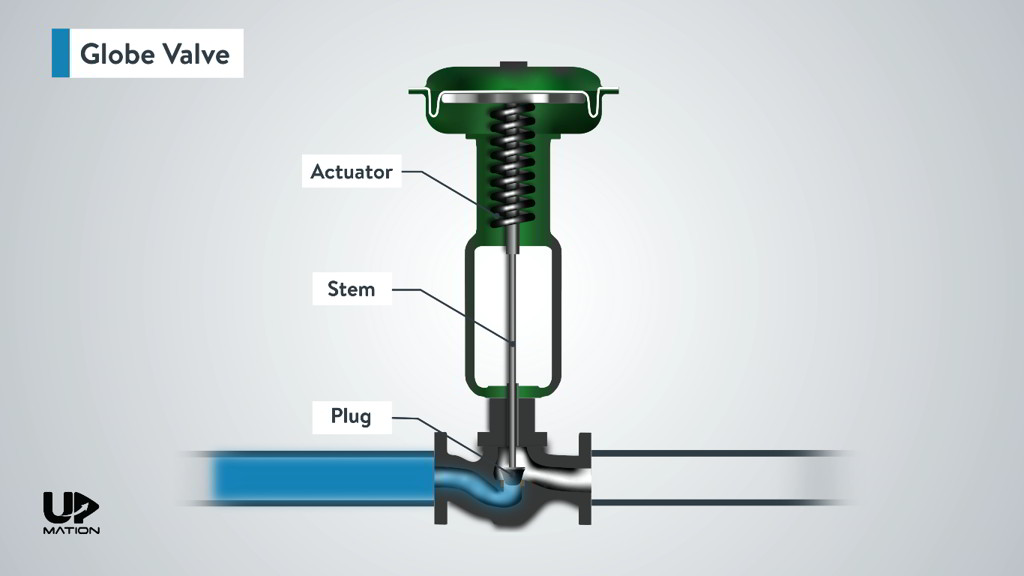Efficient Control Valves: Secret Parts for Reliable System Management
Wiki Article
Maximize Energy Cost Savings and Convenience With Advanced Building Automation Controls
In the world of contemporary style and center administration, the combination of advanced structure automation regulates stands as a crucial development. By utilizing the power of automation, buildings can adjust, react, and develop in means that were as soon as unimaginable.Power Effectiveness Conveniences
Power efficiency advantages can dramatically lower power intake and functional expenses in buildings. Energy-efficient systems, such as sophisticated building automation controls, can enhance the usage of resources like air conditioning, home heating, and lights, leading to lower power expenditures over time.Additionally, boosted power performance can lengthen the life expectancy of structure equipment and systems. By running extra efficiently, HVAC systems, lighting fixture, and other building elements experience less deterioration, leading to reduced maintenance and substitute costs. Additionally, energy-efficient buildings commonly regulate greater home values and rental prices, supplying lasting monetary advantages to proprietors.
Additionally, energy effectiveness can improve passenger convenience and performance. Effectively managed interior environments with optimum lighting and thermal problems create a more positive and favorable work area, causing improved worker contentment and efficiency. Generally, the power effectiveness benefits related to sophisticated structure automation controls are diverse, including cost financial savings, environmental stewardship, and occupant well-being.
Boosted Convenience Control
Enhancing comfort control in building atmospheres calls for a sophisticated integration of innovative automation systems for ideal resident well-being. By making use of advanced structure automation controls, centers can tailor the indoor atmosphere to meet the details demands and preferences of owners. control valves.By including these innovative controls, buildings can not just boost convenience but additionally improve power effectiveness by enhancing system procedures based on real tenancy and use patterns. Eventually, focusing on occupant convenience with sophisticated automation systems leads to a much more pleasurable and much healthier indoor environment.
Functional Performance Improvements

Additionally, the application of real-time surveillance and analytics devices allows building drivers to determine power ineffectiveness and functional abnormalities without delay. By continually keeping an eye on power usage patterns and system performance metrics, changes can be made in real-time to maximize power consumption and make sure peak operational efficiency. control valves. Furthermore, incorporating demand reaction methods into structure automation controls can better improve functional efficiency by dynamically readjusting power usage based upon grid conditions and prices signals
Indoor Climate Optimization
Effective interior climate optimization is an essential aspect of structure automation controls, ensuring occupants' comfort and wellness while maximizing energy cost savings. By using advanced sensing units and controls, building automation systems can continuously keep an eye on and adjust temperature, humidity degrees, air quality, and ventilation to create an ideal indoor atmosphere. Keeping comfortable and constant problems not just boosts resident satisfaction but additionally boosts efficiency and total wellness.Interior environment optimization also plays a crucial duty in power efficiency. By fine-tuning air conditioning, heating, and air flow why not try these out systems based on real-time information and occupancy patterns, constructing automation controls can dramatically minimize power usage - control valves. Carrying out strategies such as demand-controlled air flow and thermal zoning can aid lessen power waste while guaranteeing that each area of the structure obtains the necessary conditioning.

Lasting Environment Creation
Structure automation manages not just enhance interior environment problems for energy efficiency and owner convenience yet also lay the structure for creating a lasting environment via strategic administration of sources and systems. By integrating advanced building automation innovations, such as sensing units, actuators, and smart software program, facilities can change and keep track of power use in real-time look these up to minimize waste and decrease their carbon impact. These systems allow anticipating maintenance, determining possible problems before they intensify and maximizing devices performance to enhance longevity and performance.Moreover, lasting setting production expands past energy monitoring to incorporate water conservation, waste reduction, and interior air top quality improvement. Building automation controls can regulate water usage, find leakages, and ensure correct waste disposal practices, adding to overall sustainability efforts. Additionally, by managing and keeping track of air flow and purification systems, these modern technologies boost owner health and performance while lowering energy usage connected with cooling and heating procedures.
Final Thought
In conclusion, progressed structure automation regulates offer considerable advantages in terms of power cost savings, convenience control, operational performance, interior climate optimization, and producing a lasting setting. By applying these controls, structures can attain optimum efficiency while reducing energy intake and improving occupant comfort. It appears that the usage of innovative automation modern technology is crucial in boosting building performance and developing a much more sustainable future.Power performance advantages can substantially lower power usage and functional expenses in buildings. On the whole, the power effectiveness advantages associated with advanced structure automation controls are multifaceted, incorporating expense financial savings, ecological try this out stewardship, and passenger health.
In addition, including demand response techniques right into structure automation controls can even more improve functional performance by dynamically changing energy use based on grid problems and prices signals.
Building automation manages not only enhance indoor environment conditions for power efficiency and owner convenience but also lay the foundation for developing a sustainable setting through critical monitoring of systems and resources.In final thought, progressed structure automation manages offer significant benefits in terms of energy financial savings, convenience control, operational performance, interior climate optimization, and producing a lasting environment.
Report this wiki page